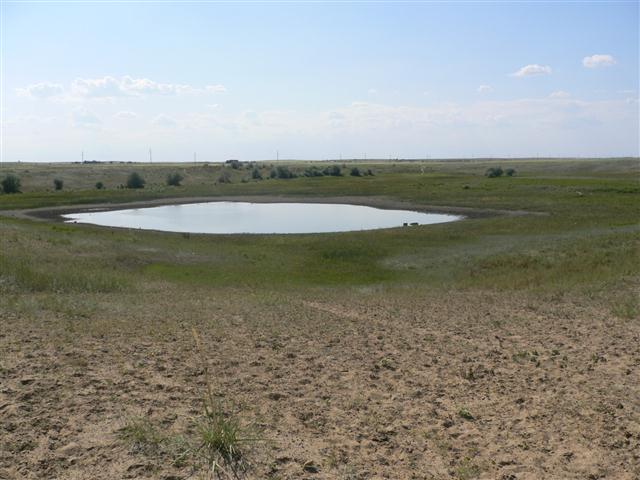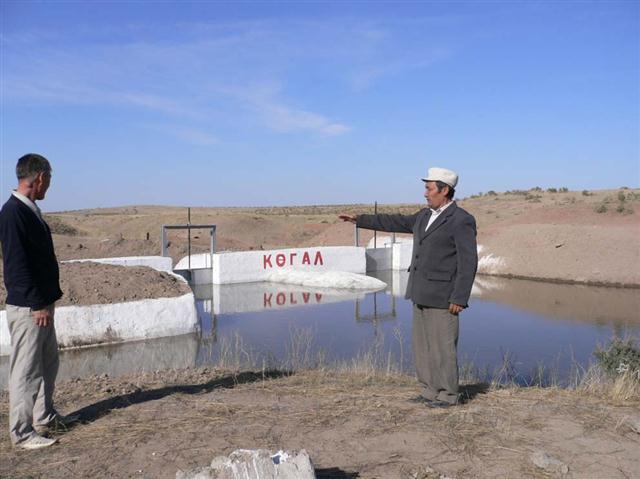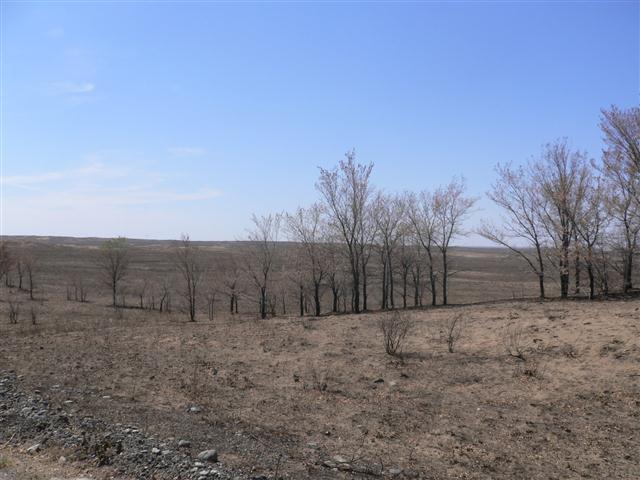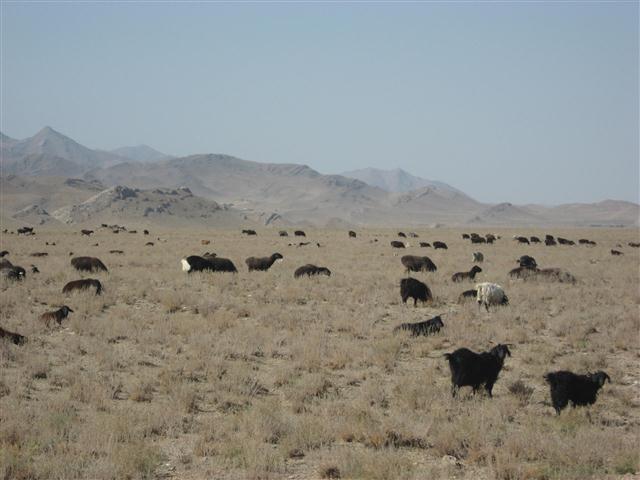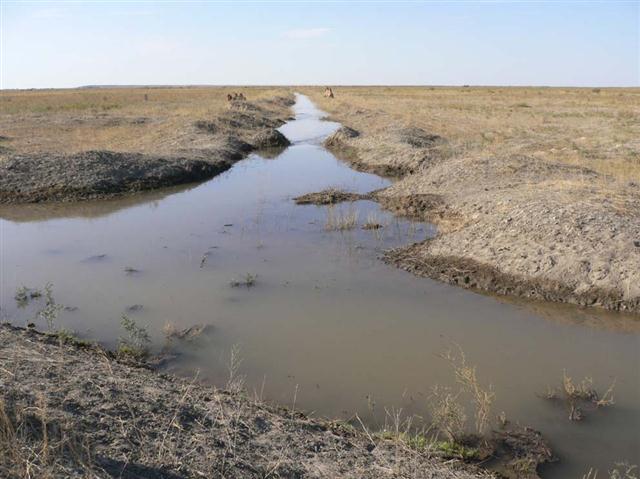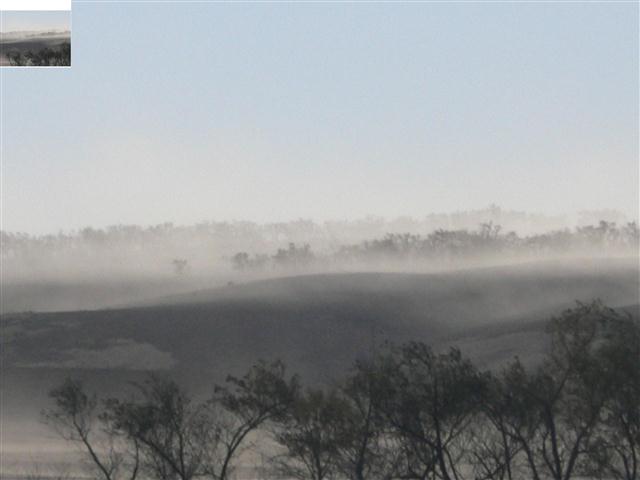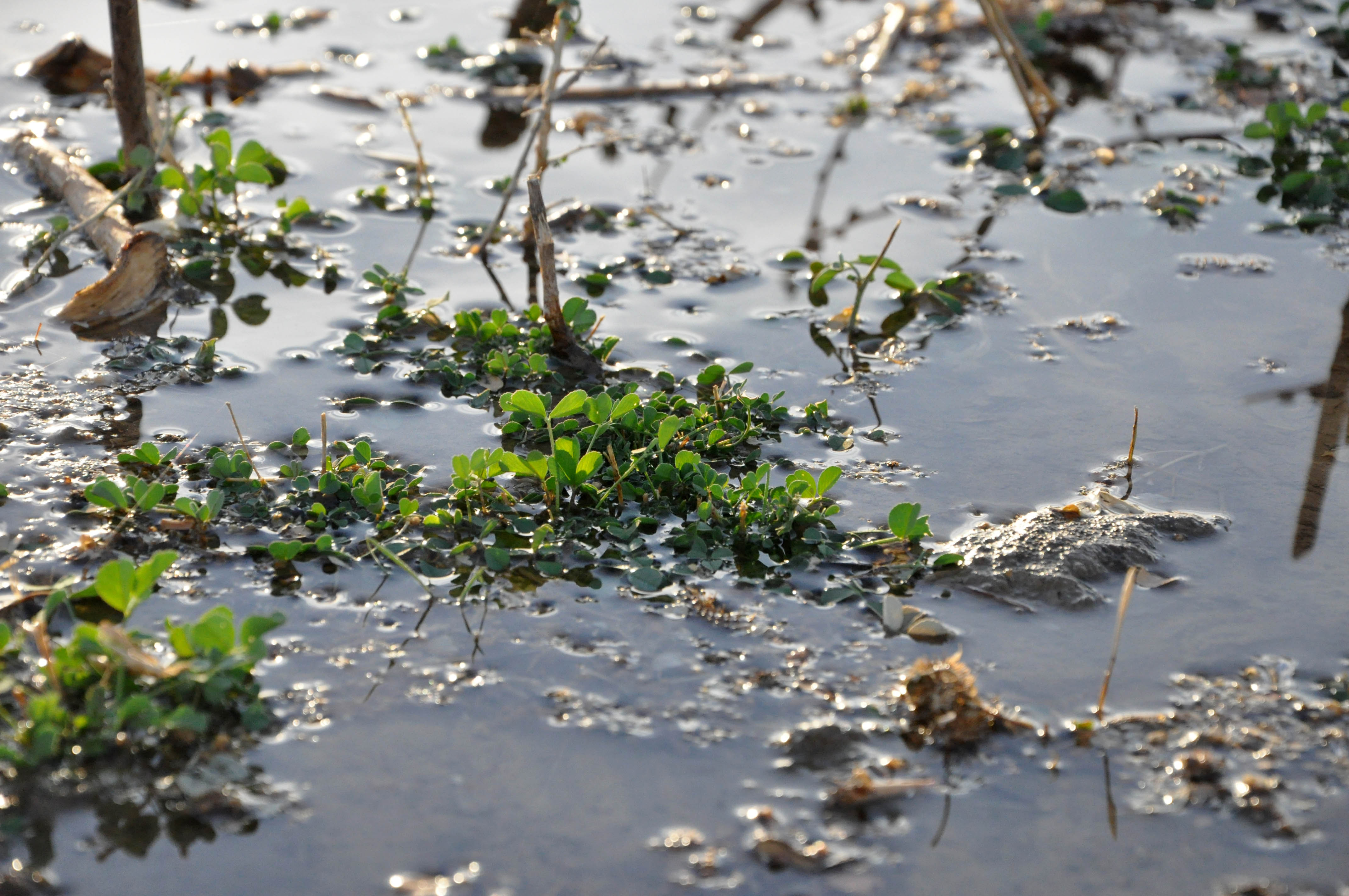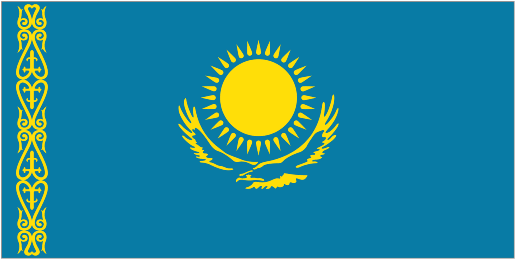CBA Kazakhstan: Autumn/Winter Irrigation as Adaptive Mechanism for Water Resources (Kogal Public Association)
Project Overview
Sady Shakirov is located in the Oblast of Southern Kazakhstan, near the Talas River. The village formerly specialized in farming Astrakhan fur, but its depressed economy now relies greatly on cattle ranching. Summer precipitation in the area evaporates quickly and is not easily used by plants or pastoralists, so only winter precipitation is agriculturally useful. Climate change impacts, such as increasing winter temperatures and increasing summer evapotranspiration rates, have led to a decline in (useful) winter snow and a rise in (less useful) rainfall. The beginnings of this trend are observable in the declining flows of the Talas River, which is used to irrigate pasturelands. Declining water levels have led to increasing salinization of irrigated lands; fields cannot be properly flushed, leading to mineral accumulation.
This Community-Based Adaptation project piloted new irrigation systems during the autumn and winter seasons. Autumn and winter irrigation replicate the effect of snowfall, which is declining. Water delivered to pastures during these seasons melts and promotes grass growth during the spring thaw. In addition to the benefitting the local community, the project published a short booklet aimed at facilitating replication in areas facing similar challenges.
* This project is part of Kazakhstan's Community-Based Adaptation portfolio. *
Project Details
During stable climate conditions from 1950-1990 the water level in Kazakhstan’s Talas River was high. The main irrigation canal in Sady Shakirov functioned in summertime, and villagers had 500 ha of irrigated area to farm. Since 1998, the river’s levels have markedly decreased. Groundwater aquifers are salted and cannot be used for irrigation. Villagers have lost the basic income they derived from irrigated agriculture. Today, community members derive their livelihoods primarily from cattle breeding. Locals attribute these impacts to climate change.
Since members of the local community do not have other sources of subsistence besides farming, it is necessary to implement and develop livelihood practices that will be sustainable in the face of climate change. Land degradation caused by anthropogenic factors during the last years has been aggravated by increases in climate aridity, including a decrease in average annual rainfall, a rise in temperature, and the intensification of hot winds and dust storms. Even cattle breeding has become risky and unprofitable due to the lack of fodder, resulting in underfeeding and livestock diseases.
This Community-Based Adaptation project sought to adapt local populations to climate change and provide opportunities for sustainable development through a unique approach to water and land resources management. In order to increase the amount of moisture in the ground for the arid spring and summer, the project implemented a strategy for irrigating local agricultural lands in the autumn and winter months. By using part of the irrigated pastures to grow fodder crops, the project provided an additional fodder reserve for villagers’ cattle. Alfalfa cover crops and the subsequent alternation of sites on this land will help restore fertility in the degraded arable land. As a result, more water will pass through the irrigation channel in autumn and early-spring periods, further expanding the water-fed pasture areas.
Key Results and Outputs
Outcome 1: Baseline land degradation pressures reduced
Clean the Sharuashlyk irrigation canal (Output 1.1), rehabilitate irrigation zones (Output 1.2), sow the field/pasturage crops in pilot sites (Output 1.3), and estimate the ecologically allowable load on pastures in the project location (Output 1.4).
Outcome 2: Community capacity development to implement climate-resilient livelihood techniques
Improve local awareness of long-term climate change impacts on local communities (Output 2.1) and train them in autumn/winter irrigated pasturage techniques (Output 2.2).
Outcome 3: Additional climate change-drivers of land degradation reduced
Implement climate-resilient irrigation techniques (autumn/winter pasturage) in pilot sites (Output 3.1) and estimate ecologically allowable load of irrigated pastures by taking climate change projections into account (Output 3.2). Pilot climate-resilient livestock techniques (Output 3.3).
Outcome 4: Lessons learned from project activities leveraged for replication elsewhere
Publish a booklet based on project results (Output 4.1).
Reports and Publications
Annual Reports
Case Study
Assessments and Background Documents
PIFs
Project Brief / Fact Sheet
Monitoring and Evaluation
Monitoring and evaluation for community-based adaptation is a new field, and the CBA project is piloting innovative approaches to evaluating the success of locally-driven adaptation projects, and generating lessons to inform ongoing practice.
Key considerations in M&E for CBA include:
- Grounding M&E in the local context: M&E for CBA should avoid overly rigid frameworks, recognizing community heterogeneity and maintaining local relevance
- Capturing global lessons from local projects: CBA projects are highly contextualized, but lessons generated should be relevant to stakeholders globally
- Incorporation of both quantitative and qualitative indicators: to ground projects in tangible changes that can be objectively evaluated, and to capture lessons and case studies for global dissemination
To these ends, the CBA project uses three indicator systems: the Vulnerability Reduction Assessment, the Small Grants Programme Impact Assessment System, and the UNDP Climate Change Adaptation Indicator Framework.
The Vulnerability Reduction Assessment (VRA)
The VRA is a question-based approach with the following aims:
- To make M&E responsive to community priorities
- To use M&E to make projects more accountable to local priorities
- To make M&E capture community ideas and local knowledge
- To gather community-level feedback to guide ongoing project management
- To generate qualitative information
- To capture lessons on specific issues within community-based adaptation
- To generate case studies highlighting adaptation projects
The VRA follows UNDP's Adaptation Policy Framework, and is measured in a series of meetings with local community stakeholders. In these meetings, locally-tailored questions based on standard VRA questions/indicators are posed, and the community assigns a numerical score on a 1-10 scale for each question. Progress is evaluated through changes in scores over the course of implementation, as well as through qualitative data collected in community discussions surrounding the exercise.
UNDP has developed a Users Guide to the VRA (Espanol) (Francais) as a tool to assist practitioners to conceptualize and execute VRA measurements in the context of CBA projects.
The SGP Impact Assessment System (IAS)
The CBA, being a project of the GEF Strategic Priority on Adaptation, aims to increase the resilience of ecosystems and communities to the impacts of climate change, generating global environmental benefits, and increasing their resilience in the face of climate change impacts. To this end, the CBA projects use the SGP's impact assessment system for monitoring achievements in GEF focal areas (focusing primarily on biodiversity and sustainable land management).
The IAS is composed of a number of quantitative indicators which track biophysical ecosystem indicators, as well as policy impact, capacity development and awareness-building.
UNDP Climate Change Adaptation Indicator Framework
CBA projects also track quantitative indicators from UNDP's adaptation indicator framework, corresponding to the thematic area on natural resources management. More information on UNDP's indicator framework can be found on the UNDP climate change adaptation monitoring and evaluation website.
* This description applies to all projects implemented through UNDP's Community-Based Adaptation programme. Specific details on this project's M&E will be included here as they become available. *





